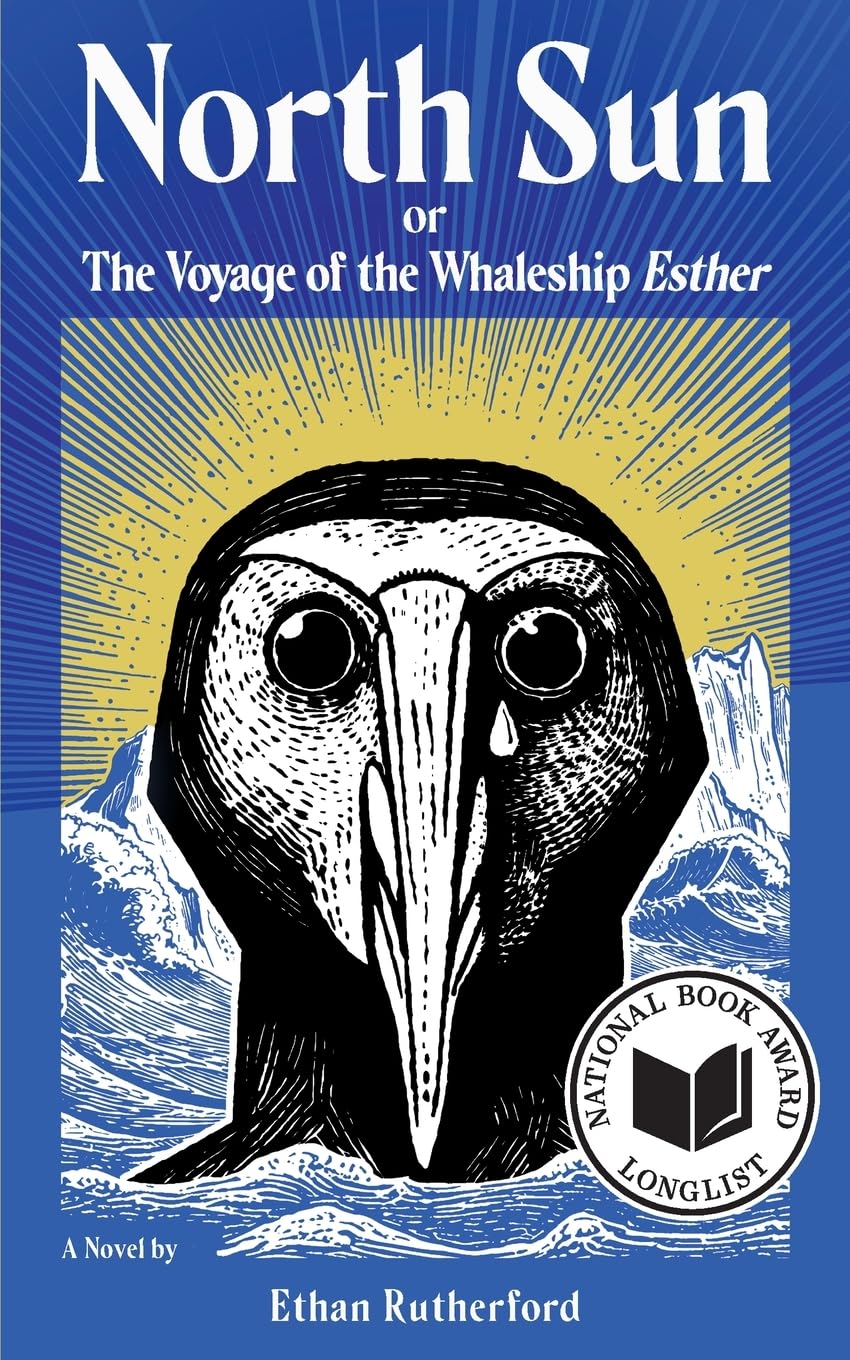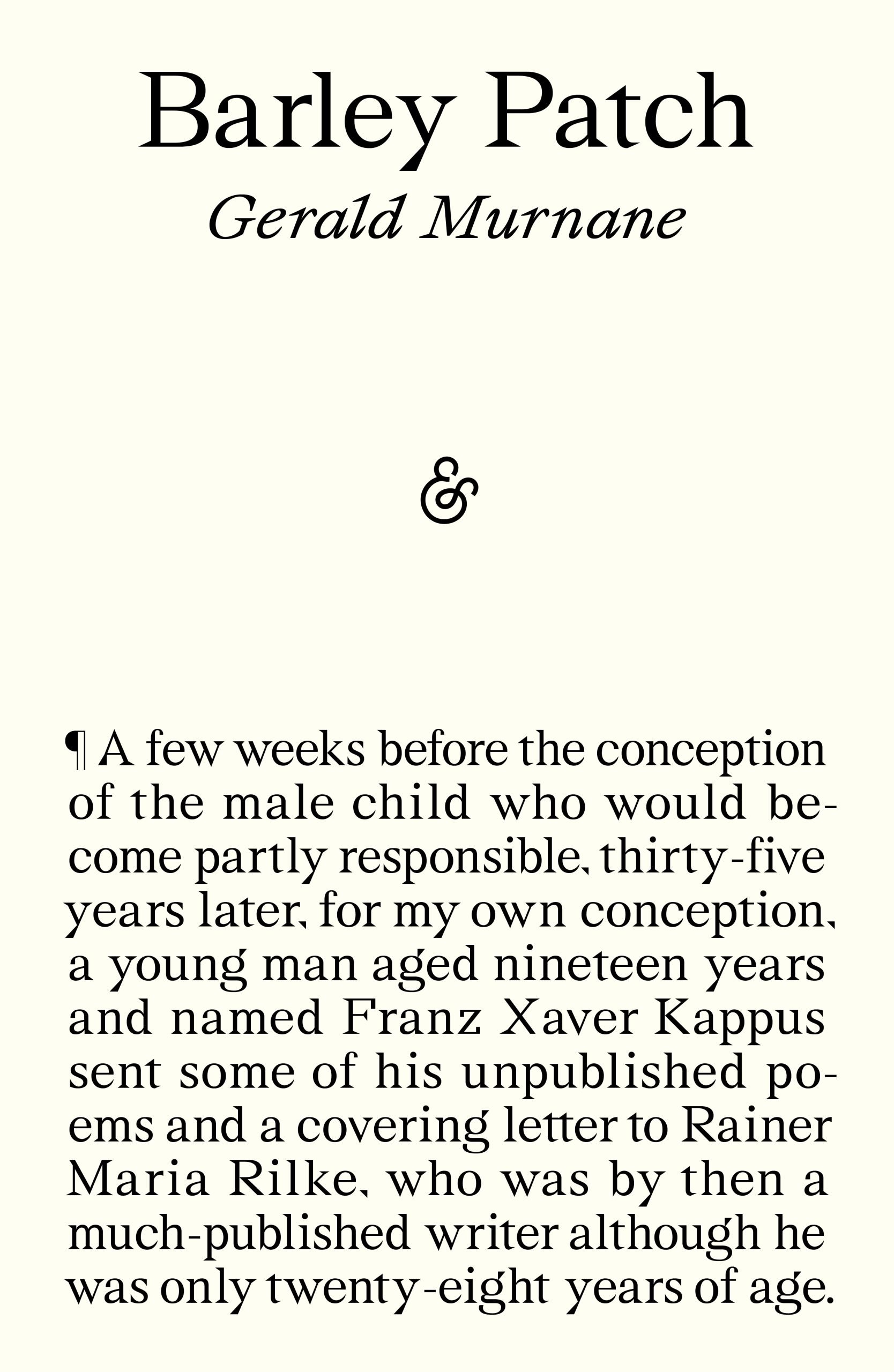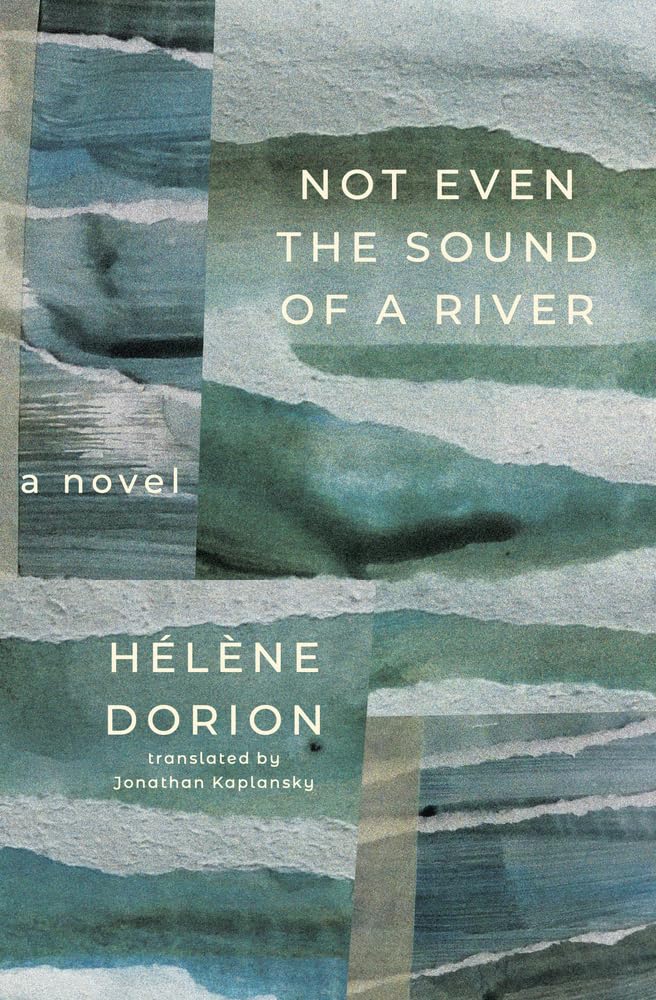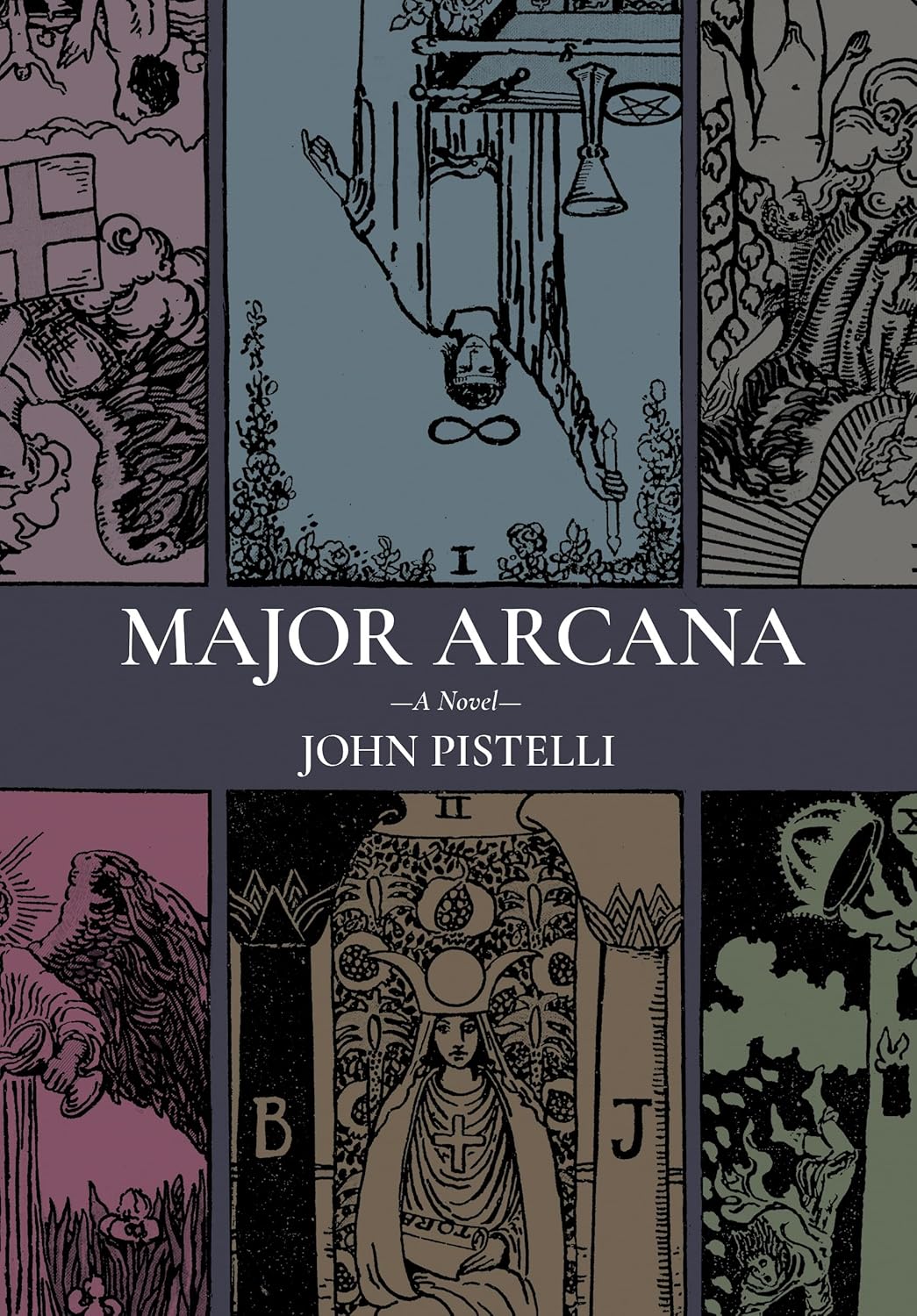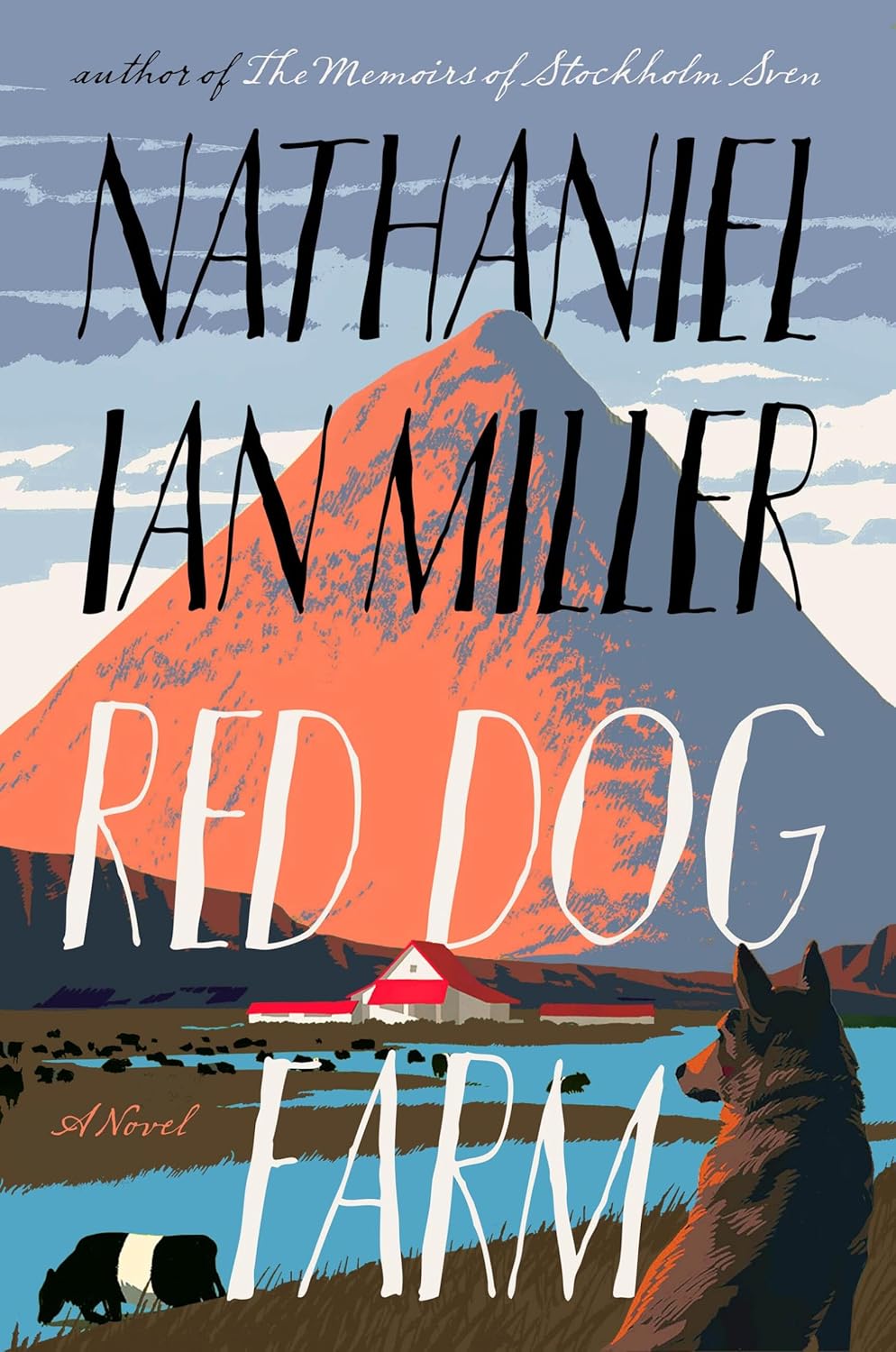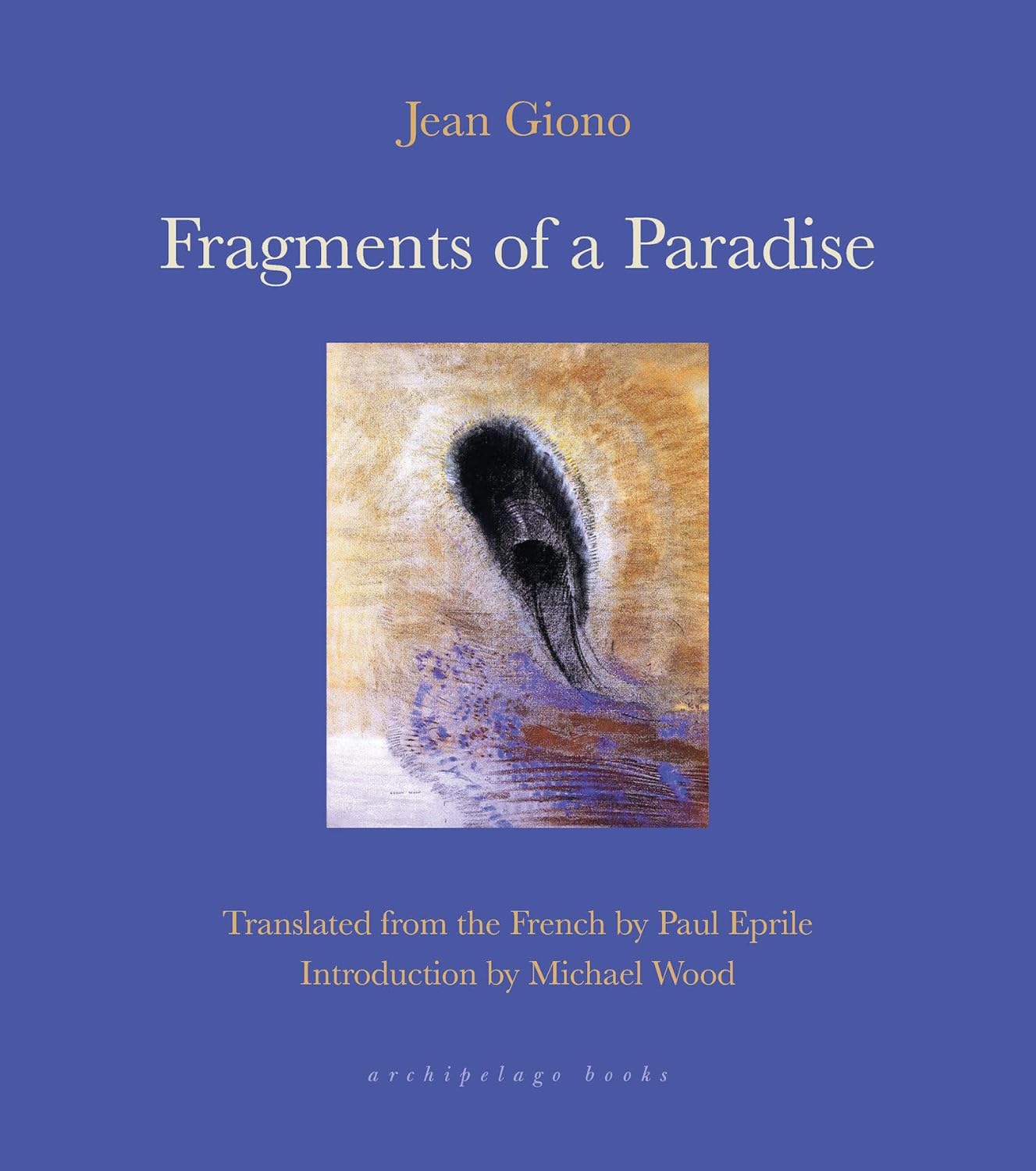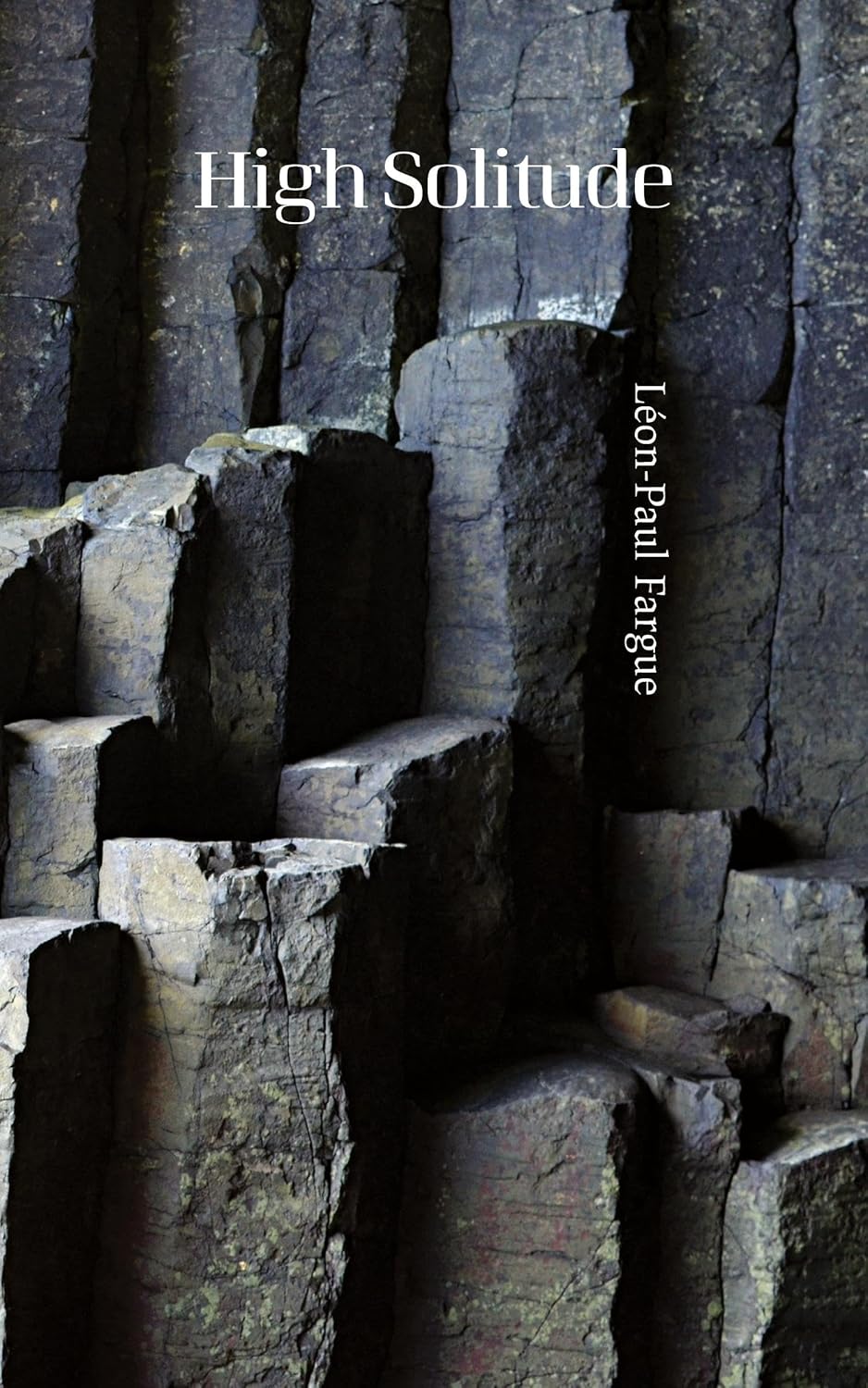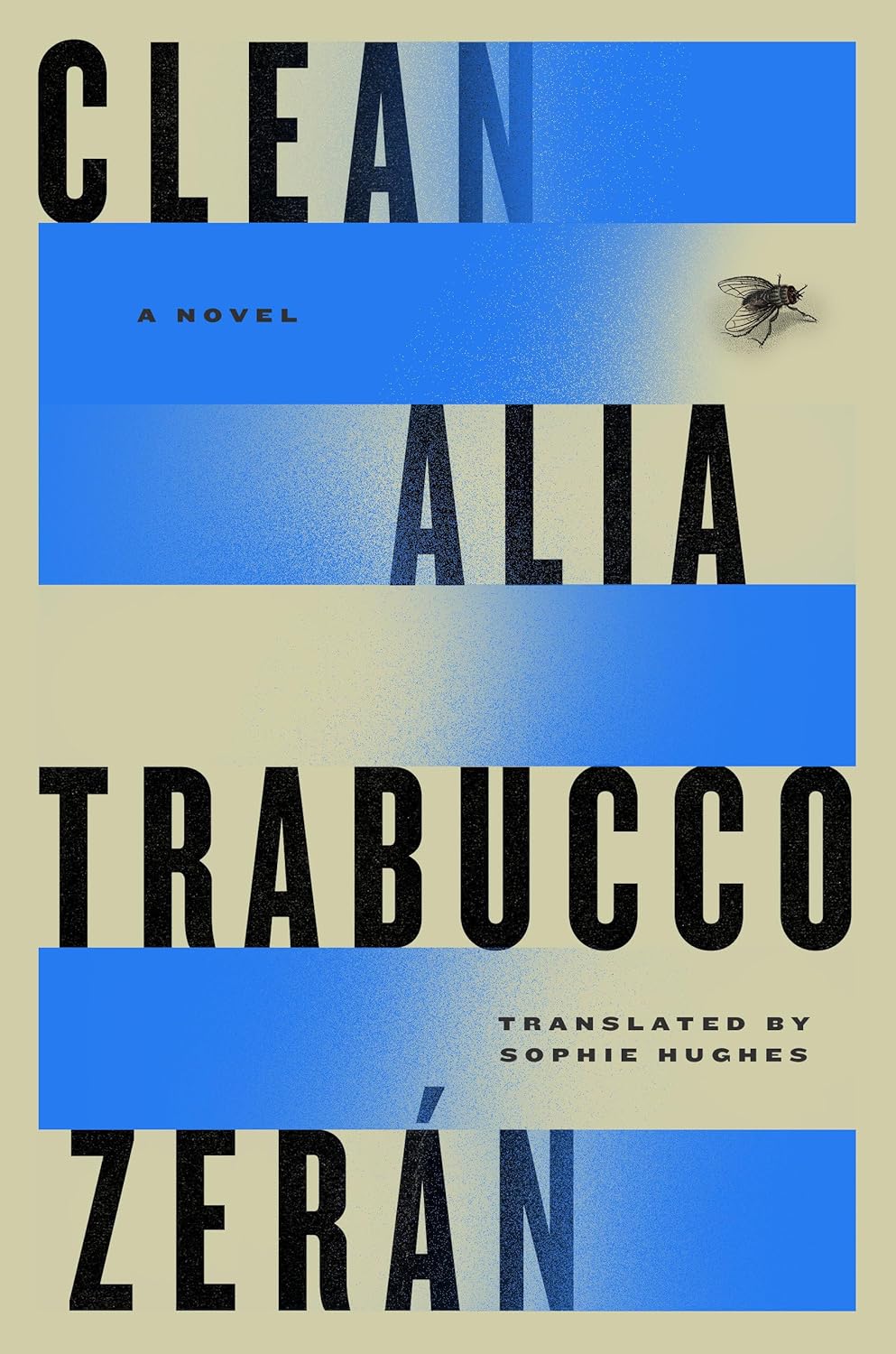Thomas Pynchon
Penguin Press ($30)
by Ben Sloan
A time machine swiveling us to an assortment of cultural markers from the 1930s—vaudeville, fascism, “chorus cuties trucking across at all angles shaking ostrich-feather fans,” U-boats, antisemitism, Al Capone, “a slowly rotating dance floor,” Hitler—Thomas Pynchon’s latest novel Shadow Ticket is a history-steeped cautionary tale. Starting in Milwaukee then migrating to Eastern Europe, the novel follows the adventures of the savvy yet naive detective Hicks McTaggart after his boss, Boynt Crosstown, explains to him his new “ticket” (assignment): to “shadow” (follow) the lovely Daphne Airmont, who has run off with lounge lizard Hop Wingdale, and convince her to return to her fiancé, G. Rodney Flaunch.
Pnychon’s snappy dialogue, mimicking vaudeville stand-up laugh routines, is thoroughly infused with bitter-pill historical references, resulting in a jarring mix of the funny and the fearsome. Take this conversation Hicks has with his Uncle Lefty:
“. . . we gotta deal not only with the Reds who’ve been troublesome forever, but also with the Hitler movement. . . . blood on the streets of Milwaukee, let’s hope not too much higher than trouser-cuff level, till one party prevails.”
“‘Prevails.’ And you think the, um . . .” Hicks pulling his hair down briefly over one eye.
“Der Führer,” gently, “is der future, Hicks. Just the other day the Journal calls him ‘that intelligent young German Fascist.’”
“They called me Boy Inspiration of the Year once, look where it got me.”
“You can’t trust the newsreels . . . the Jews who control the movie business only allow footage that will make him look crazy or comical, funny little guy, funny walk, funny mustache, German Charlie Chaplin, how serious could he be?”
Falling for conspiracy theories, not to mention being duped over and over again by misinformation, exemplify our all-too-human tendency to misinterpret or outright ignore what is right in front of us. Pynchon underscores the irony as Hicks hops on a boat to Europe to proceed with his “ticket”:
Tonight the saloon deck is swarming with grinning stewards, uniformed juveniles years corrupted, American sorority girls, exiled royalty, . . . postwar liner travel in full swing. “Icebergs? Enemy torpedoes? Phooey! If that’s the worst that could happen, then it’s happened already, hasn’t it, and anything else is only an amateur act. Long as we’re alive, let’s live.”
“Gaudeamus igitur to that, Jack!”
Blended in with the vaudeville and fright show moments is the occasional sidebar of political commentary. Moving “from trivial to world-historic,” juxtaposing comedy routines with the blood-drenched saga of humanity, and otherwise highlighting the “monster in the Tunnel of Love” are central to Shadow Ticket. The resulting centrifugal residue clearly illustrates what’s happening in the U.S. at this very moment:
“Like it says on the subpoena we haven’t served you yet . . . A federal rap, not to be shrugged off. Potential wrong-doers might keep in mind as yet little-known lockups such as Alcatraz Island, . . . We haven’t even begun to show how dangerous we can be, and the funny thing? Is, is we could be running the country any day now and you’ll all have to swear loyalty to us because by then we’ll be in the next war fighting for our lives, and maybe that’ll be all you’ve got.”
In response to this very real threat, we have used, and continue to use more than ever, pop culture anodyne happy-talk as a tactic to avoid civic responsibility and settle for “a lifetime of infantilized misery” instead. Is there any way out of this? “Maybe I should install a lens in my belly button, so I can see where I’m going with my head up my ass.”
To read Shadow Ticket is to return to the period between the two world wars and consider where, a century later, we might want (or maybe more importantly not want) to go. As Pynchon puts it:
We’re in the last minutes of a break that will seem so wonderful and peaceable and carefree. If anybody’s around to remember. Still trying to keep on with it before it gets too dark. Until finally we turn to look back the way we came, and there’s that last light bulb, once so bright, now feebly flickering, about to burn out, and it’s well past time to be saying, Florsheims, let’s ambulate.
Click below to purchase this book through Bookshop and support your local independent bookstore:
Rain Taxi Online Edition Fall 2025 | © Rain Taxi, Inc. 2025


